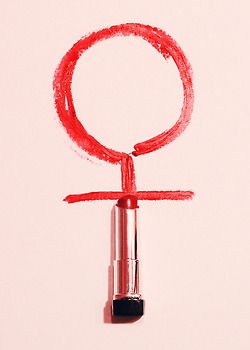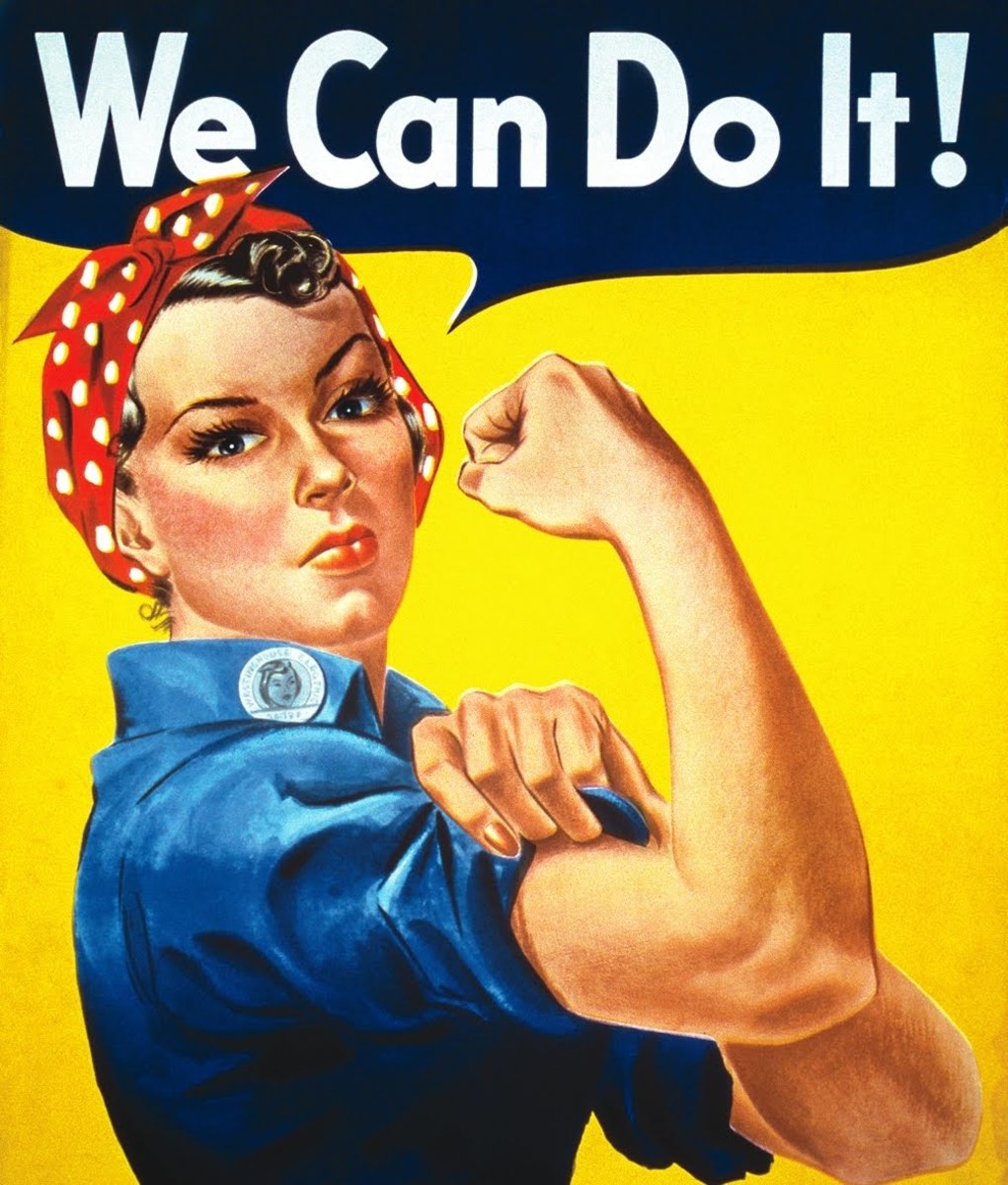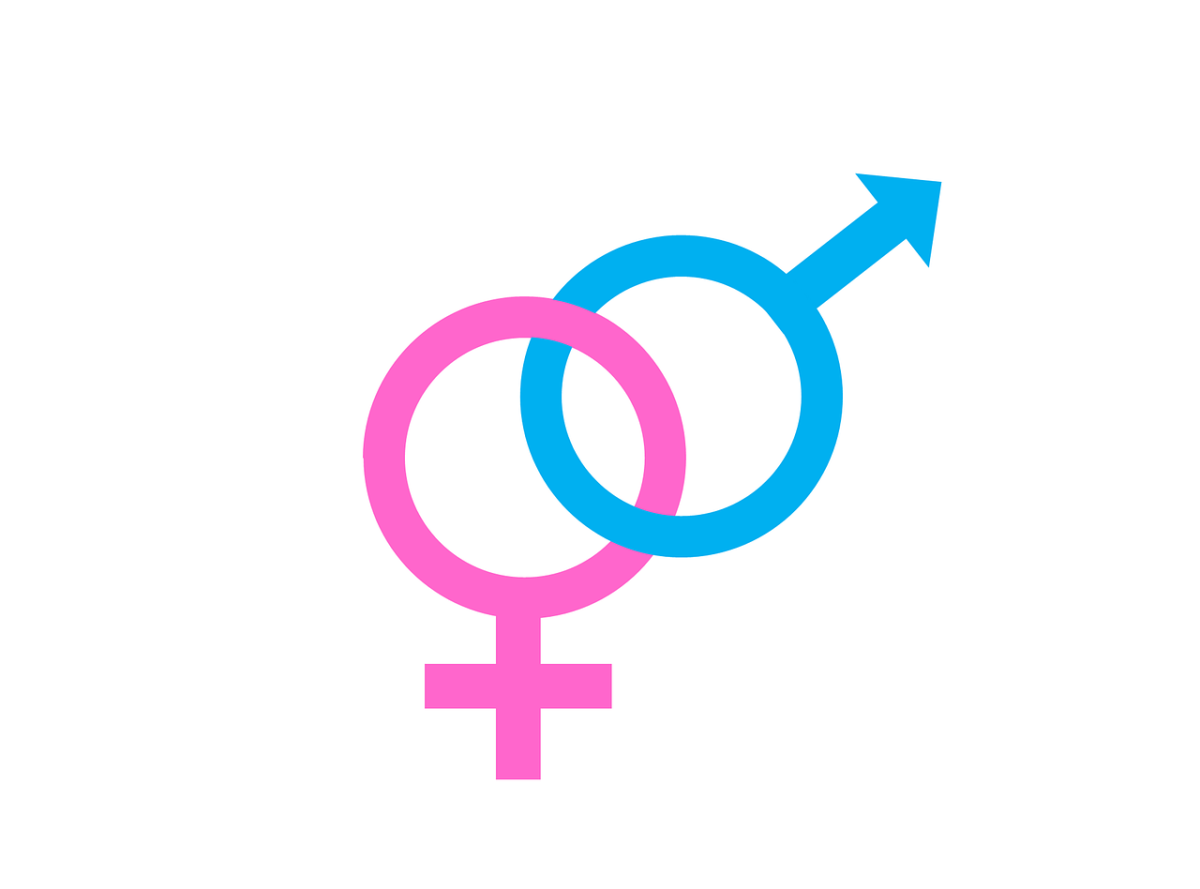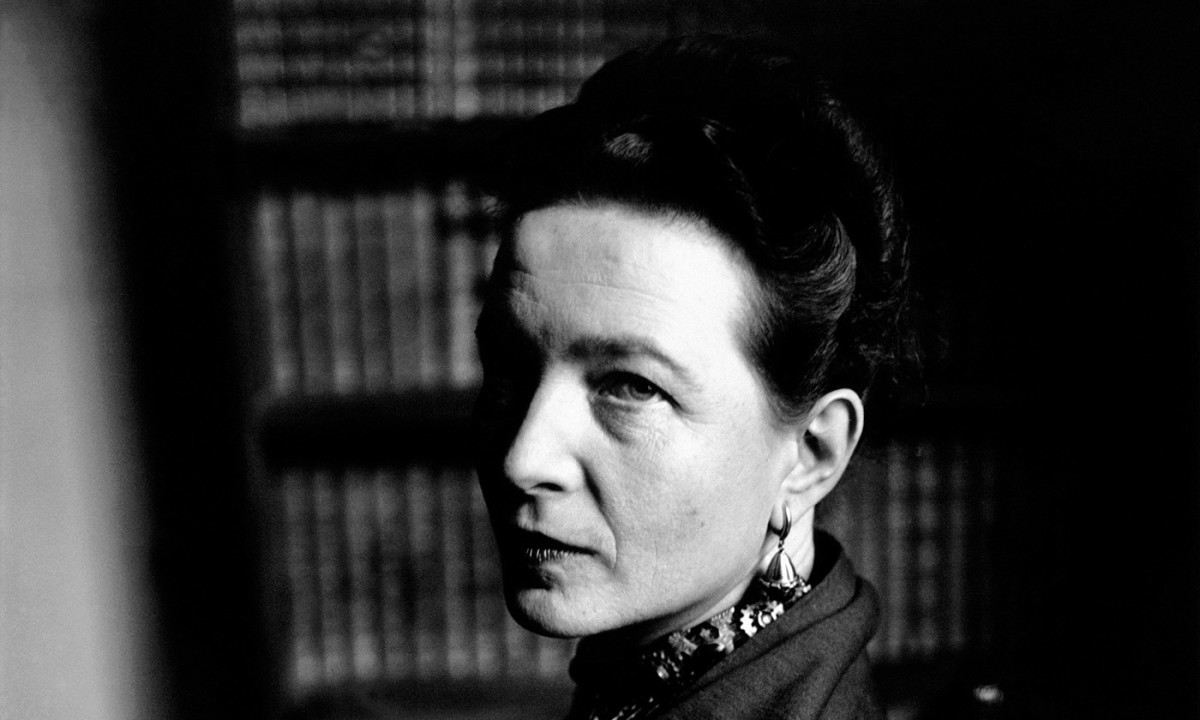Liberal & Gender Feminism

Liberal Feminism
In theory, liberal feminism claims that gender differences are not based on biology, and therefore women and men do not have all this difference - their common humanity overwhelms their reproductive differentiation. If women and men are not different, they should not be treated differently under the law. Women must have the same rights, the same education and the same jobs as men. The goal of the liberal feminist movement in the United States is to amend the Constitution to ensure that rights are equal and never ratified. ("Equal rights shall not be denied or reduced under the law in the United States or any State because of sex"). Politically, Liberal feminists formed somewhat bureaucratic organizations that invited men to join them. Liberals and liberals were interested in the visual sources of discrimination between the two Genders, such as discrimination in employment and unequal wages, and also concerned women's access to leadership and influential positions in the professions, government and cultural institutions. Liberal feminist policies have taken important arms from the civil rights movement - combating discrimination in legislation and affirmative action - and their use to combat gender inequality, especially in the labor market. Affirmative action demands strong research on those qualified to correct gender and ethnic imbalances in the workplace. This means encouraging men to train for jobs such as nursing, teaching, secretarial, and women in areas such as engineering, construction, and law enforcement.
With a variety of qualified applicants, employers must lawfully employ workers and workers in accordance with competence and the need to achieve a reasonable balance in the workforce, with a commitment to pay equal wages and open up competitive opportunities and opportunities on the basis of equality as well.
The main contribution of liberal feminism was to show how modernist society discriminated against women. In the state states, liberals have broken many barriers to women's access to previously male-dominated jobs and professions, helped to equal pay, and successfully passed abortion and other reproductive rights legally. Liberal feminism, however, has not been able to overcome the prevailing belief that women and men are fundamentally different. They were somewhat more successful in proving that even if women were different from men, they were not the lowest grade.

Gender Feminism
The feminism of gender reform [liberalism and socialist Marxism in particular] made its way into popular consciousness in the 1970s. Women entered all areas that were exclusive to men and became more aware of male practices that they did not pay enough attention to as they sought gender equality. This "delicate inequality" in daily life - not noticeable, and even overlooked - for greater gains in important and leadership functions has helped to crystallize into treacherous patterns that threaten to undermine the gains made by former feminists in their strenuous struggle.
Young women working in the fields of civil rights and war in Vietnam and activists in the new left-wing movements of the United States in the late 1960s realized that they were no more than maids and food makers for their male colleagues. In spite of the rebellious young people's speech to Western civilization in many countries, when it comes to women, men behave as if in the eighteenth century or beyond. It is the awareness that women do not have a place in any male grouping. Gender-resistant feminists came in the 1970s: the radical feminist movement, the feminist feminism, the feminism of psychoanalysis, the feminism of the feminist viewpoint or position.

© 2019 Oussema Ben Romdhane








